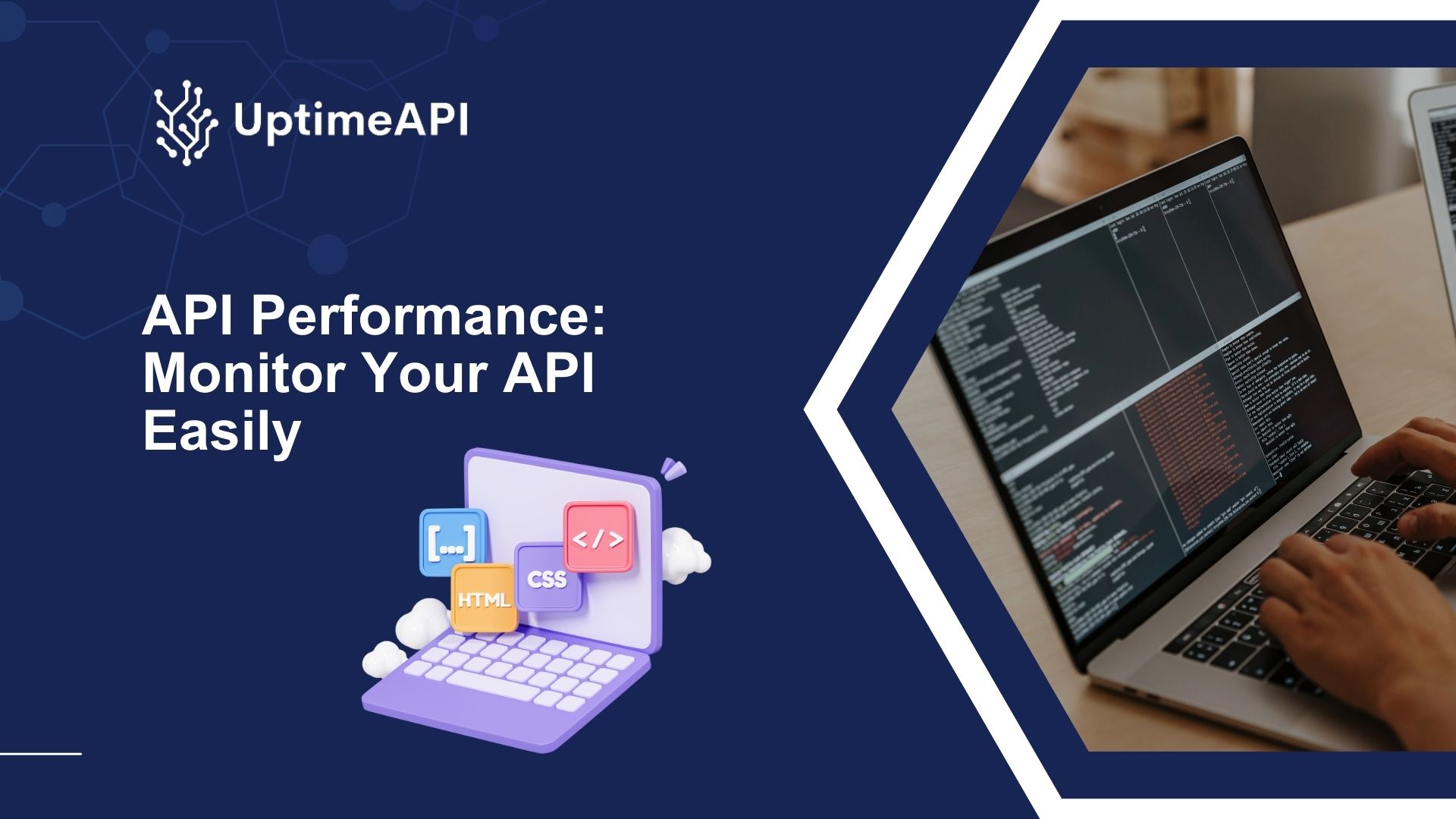API Performance: Monitor Your API Easily

API Performance is crucial for ensuring smooth operations of digital systems. It refers to the efficiency and effectiveness of an application programming interface (API) in responding to requests and delivering data or services to users. Monitoring API Performance is essential for identifying and addressing issues that may impact user experience and overall system reliability.
What is API Performance?
API Performance encompasses various aspects such as response time, throughput, error rates, and uptime. These metrics collectively determine how well an API performs under different conditions. Monitoring API Performance is vital for ensuring that applications and systems meet service level agreements (SLAs) and deliver optimal user experiences. Failure to monitor API performance can lead to downtime, service disruptions, and poor user satisfaction, ultimately affecting business reputation and customer retention.
API performance encapsulates the speed, reliability, and efficiency with which an API fulfills requests and processes data. It delineates the responsiveness of an API in delivering timely and accurate outcomes, often quantified through metrics such as API response time and uptime. A robust performance ensures seamless communication between diverse software components, fostering optimal functionality and user satisfaction.
Importance of Monitoring
The significance of monitoring API performance cannot be overstated in the contemporary digital landscape. As organizations increasingly rely on interconnected systems and third-party integrations, the health and vitality of APIs become paramount. Effective API performance monitoring serves as a preemptive measure against API downtime, response time degradation, and other performance bottlenecks that impede system functionality and user experience.
Evaluating the performance necessitates a multifaceted approach encompassing various metrics to gauge its efficacy comprehensively. Key metrics include API response time, reflecting the duration between request and response; API uptime, denoting the duration an API remains operational within a specified timeframe; and error rates, indicating the frequency of failed requests or erroneous responses. These metrics offer insights into the operational efficiency and reliability of APIs, guiding performance optimization efforts.
Uptime API

The Uptime API allows you to monitor your APIs. It works by regularly confirming that your APIs are up and running and performing as expected. Setting up monitors is easy. To set up monitors, you need the URL of the desired API endpoint to be watched, along with the ability to adjust the watch's timeouts and intervals. The historical data and analytics the API provides will allow you to track changes in API performance and uptime over time. Get access to your logs so you can look into any issues with the API.
The Uptime API's monitoring intervals determine how frequently it checks your API's operation, and its timeouts determine how long it will wait for a response. You may customize monitoring to your preferences and needs with these settings. You may set up alarms and select which contacts should receive notifications on your dashboard. This way, you may then update your team. From a variety of customizable options with varying monitor limitations, you can choose the package that best suits your monitoring needs.
All prices are displayed in US dollars. We take all major debit and credit cards. Utilizing the most recent security technology, the payment system is powered by Stripe, one of the most respected payment companies in the world. Furthermore, the Uptime API is available for free for thirty days during which you can decide whether to subscribe to a more expensive plan.
